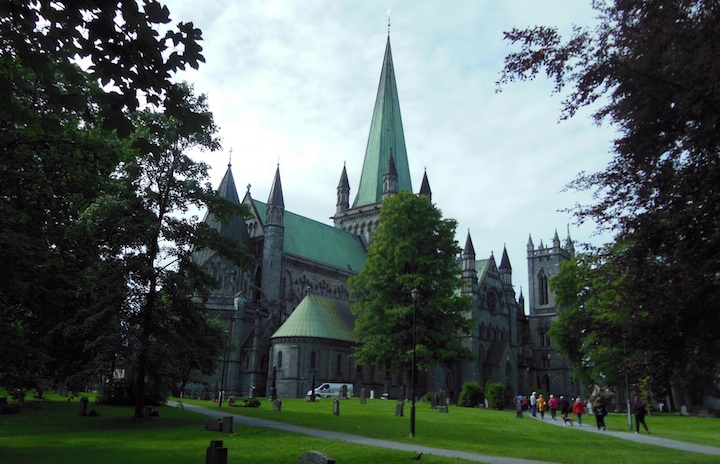
Nidaros Cathedral, Trondheim
photo Elroy Christenson 2016
Nidaros
Kirke in Norway
Trondheim, Norway
The Nidaros National Cathedral

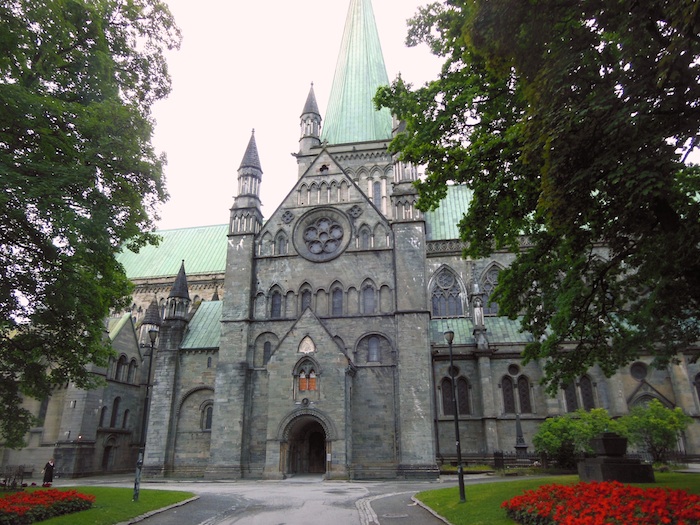 |
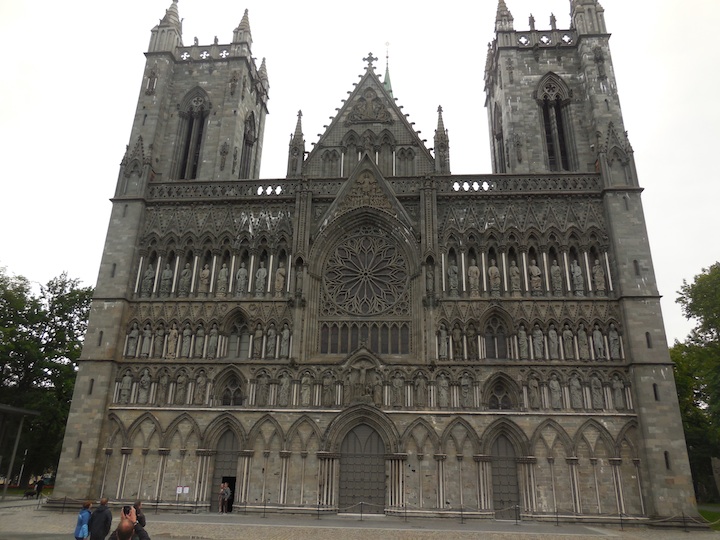 |
| Nidaros Cathedral, Trondheim photo Elroy Christenson 2016 |
Nidaros Cathedral, Trondheim photo Elroy Christenson 2016 |
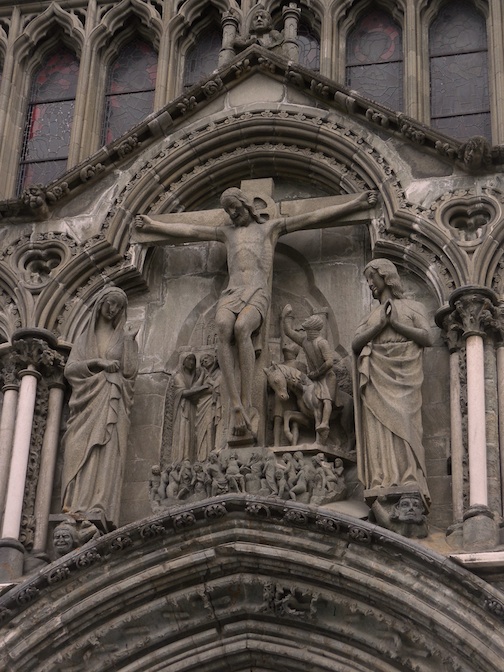 |
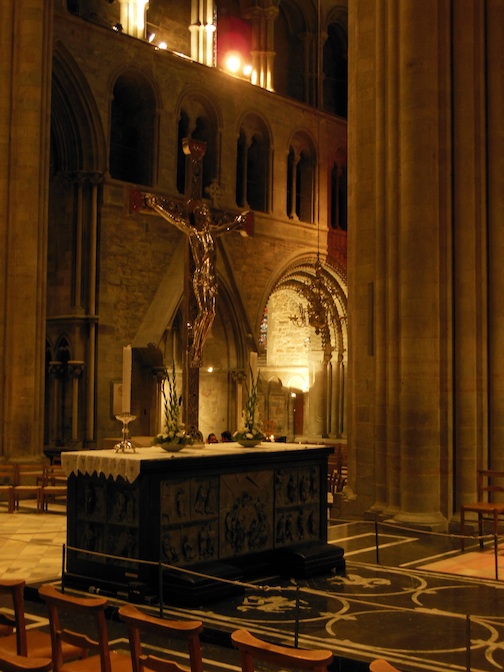 |
| Nidaros Cathedral, Trondheim photo Elroy Christenson 2016 |
Nidaros Cathedral, Trondheim
photo Elroy Christenson 2016
|
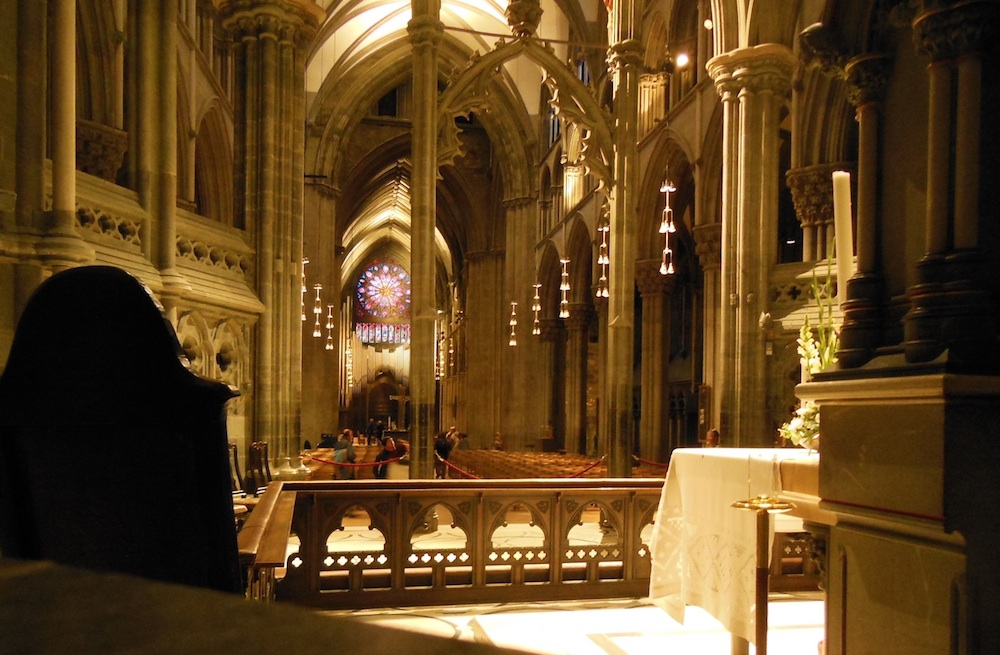 |
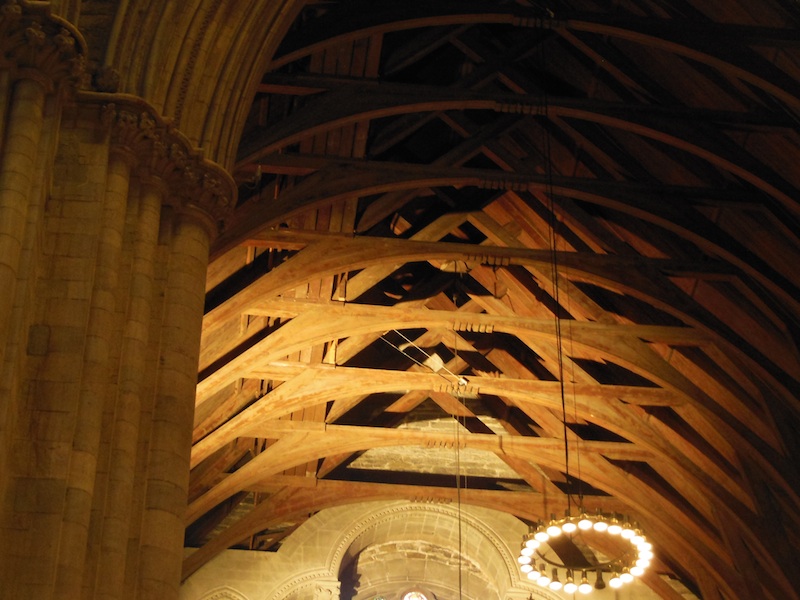 |
| Nidaros Cathedral, Trondheim photo Elroy Christenson 2016 |
Nidaros Cathedral, Trondheim
photo Elroy Christenson 2016
|
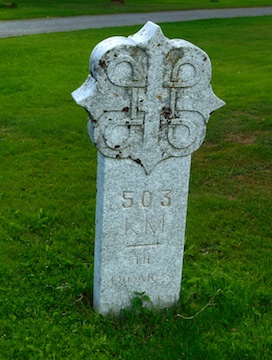
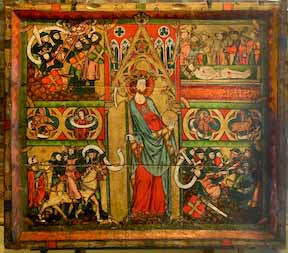
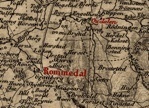
source:
Elroy's Family Index || Rohne/Egeberg Lineage Map || Ancestor Chart #6
_________________________________________________________________________________________________






All information and
photos included within these pages was developed by
the help of hundreds of researchers. The information
here is for the express purpose of personal
genealogical research and is freely offered as long as
this site is listed as a source. It may not be
included or used for any commercial purpose or
included in any commercial site without the express
permission of Elroy Christenson. Copyright Elroy
Christenson 1998-2016.